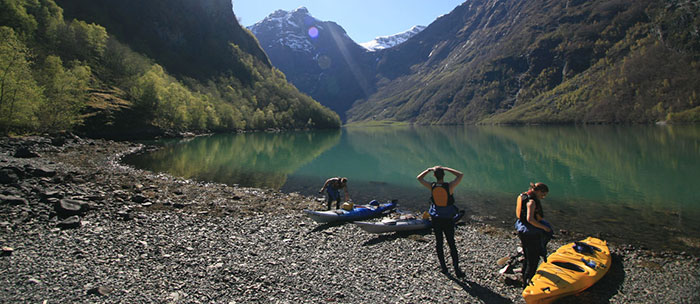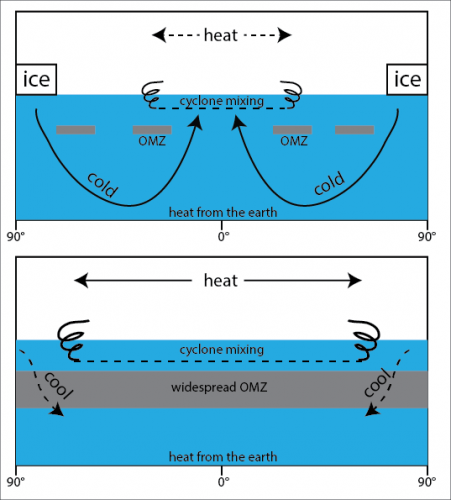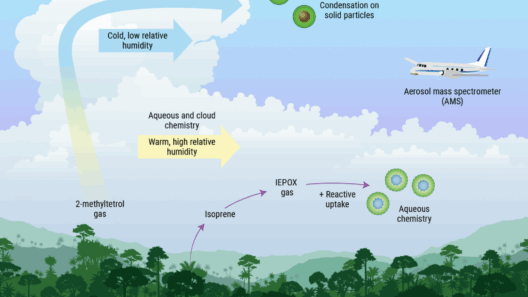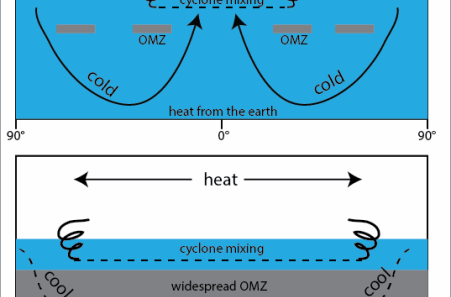The climate in Norway is a fascinating tapestry, woven with the threads of geography, meteorology, and the enchanting seasonal variations that define the essence of this Nordic kingdom. Stretching from the furthest reaches of the Arctic to the temperate shores of the North Atlantic, Norway is a land where weather phenomena dance in a delicate balance, creating a unique climatic experience that captivates residents and travelers alike.
At its core, Norway’s climate is predominantly influenced by the North Atlantic Current, an offshoot of the Gulf Stream. This warm current acts as a benevolent guardian, wrapping the coastal regions in a cloak of milder temperatures, which defy the expectations associated with such lofty latitudes. Coastal cities like Bergen and Stavanger enjoy a relatively temperate maritime climate, where winters are gentler than one might anticipate, and summers are swathed in mild arctic light. The climate here is akin to an accordion, expanding and contracting with seasonal rhythms, creating a livable sanctuary amid the wild northern landscapes.
However, as one ventures inland and ascends into the fjords and mountains, the narrative of climate shifts profoundly. The interior of Norway embodies a more continental climate characterized by stark contrasts and dramatic changes. In places like Lillehammer and Røros, winters are not merely cold; they are an exhilarating embrace of snow and ice, transforming the landscape into a serene wonderland. These frozen expanses, reminiscent of an artist’s canvas, offer an exhilarating playground for winter sports enthusiasts. The chilling temperatures can plunge well below freezing, creating a crystalline tapestry that sparkles like diamonds under the winter sun.
As the snow melts and the grip of winter loosens its hold, Norway bursts forth into spring—a season of renewal and resurgence. In this time, temperatures gradually ascend from their frigid slumber, urging nature to awaken. The vivid green of new foliage contrasts strikingly with the remnants of snow on mountaintops, which stand sentinel like guardians of the old seasons. Spring is a transitional symphony that unveils Norway’s stunning landscapes, bursting with life as flowers bloom in a radiant array of colors, sculpting the valleys into a painter’s palette.
Summer in Norway is a paradox of boundless daylight and a cool, often unpredictable climate. The further north one travels, the more extraordinary this phenomenon becomes. In the Arctic Circle, the Midnight Sun lifts the veil of night, enrapturing residents in an ethereal glow that lasts for months. This eternal sunlight not only transforms the landscape but invigorates the spirit, compelling individuals to partake in outdoor adventures, be it hiking the iconic trails of the fjords or sailing through the serene waters of the fjords. Yet, even amid this brilliance, summer can evoke sudden rain showers that sweep across the terrain, a reminder of the ever-changing temperament of nature.
As autumn descends, Norway undergoes a metamorphosis that is both striking and poignant. The trees don their finest garb, displaying a kaleidoscope of oranges, reds, and yellows, mirroring the vibrant Norwegian soul. The crisp air heralds the arrival of new beginnings as wildlife prepare for the coming winter, and the landscape prepares to rest once more. Autumn in Norway is akin to a melancholic symphony, as nature gently exhales, summoning the approach of winter’s embrace.
One cannot discuss Norway’s weather without acknowledging its dramatic variations across regions. The Norwegian coast, with its jagged cliffs and tranquil coves, often experiences fierce storms that come barreling in from the Atlantic. These tempests can be fierce and relentless, sculpting and reshaping the coastline with each tidal surge. Contrastingly, the sheltered valleys and inland plains bask in a more temperate climate, experiencing less precipitation and more stable weather patterns. The diversity in climate is a testament to Norway’s geographical prowess, showcasing its ability to embody both extremes.
Climate change is an undeniable specter looming over Norway’s weather patterns. Glaciers, which have adorned the landscape for centuries, are receding at alarming rates, carrying with them an irreplaceable piece of Norway’s identity. The rising temperatures affect not just the physical terrain but the ecological balance, threatening the flora and fauna that depend on stable conditions. As warm-blooded creatures migrate northward in search of cooler habitats, the intricate web of ecosystems finds itself interwoven with new challenges and adaptations.
As stewards of this magnificent land, Norwegians increasingly embrace sustainable practices, blending tradition with modernity to protect their natural heritage. Renewed commitments to environmental conservation frame much of the contemporary discourse surrounding climate action. From harnessing hydroelectric power to promoting eco-tourism, Norway is positioning itself as a model for balancing ecological integrity with economic growth.
In conclusion, the climate in Norway is much more than mere weather; it is a reflection of the nation’s spirit, shaped by the forces of nature that converge to create a landscape of unparalleled beauty. With each season, Norway reveals a different facet of its character— from the brisk embrace of winter to the sun-drenched days of summer, the rhythmic dance of autumn, and the vibrant renewal of spring. Through the lens of climate, Norway beckons both admirers and guardians, challenging all to witness its seasonal magic while mindful of the pressing need for environmental stewardship in the face of climate change.







